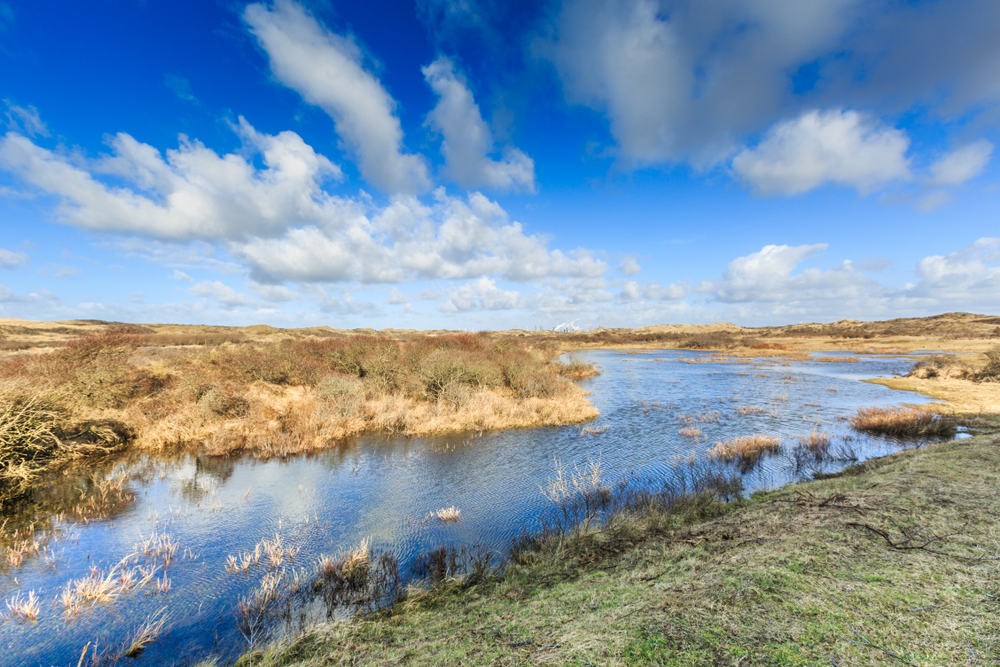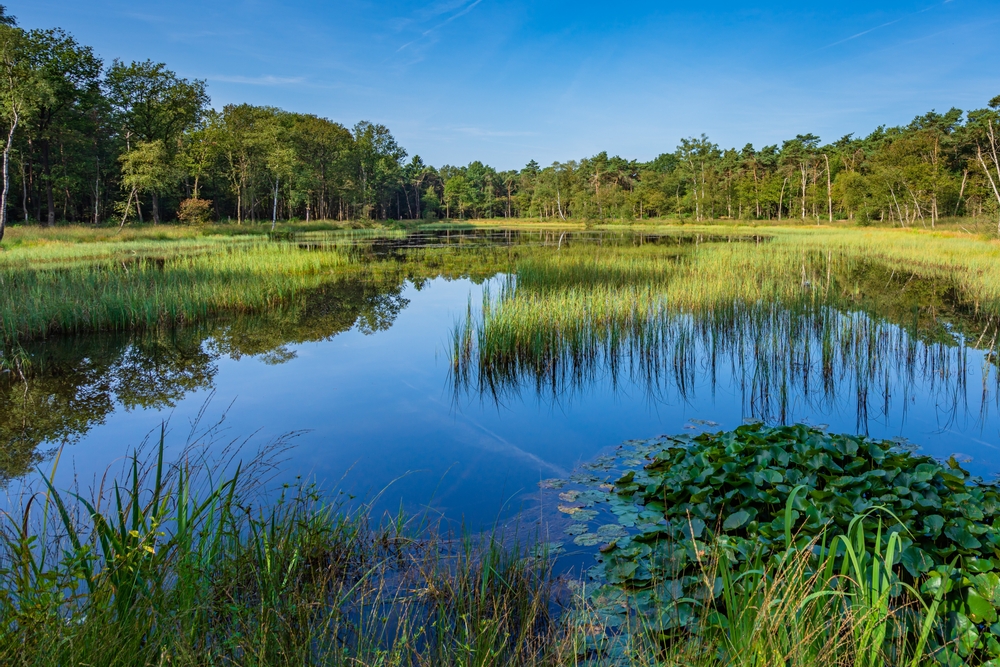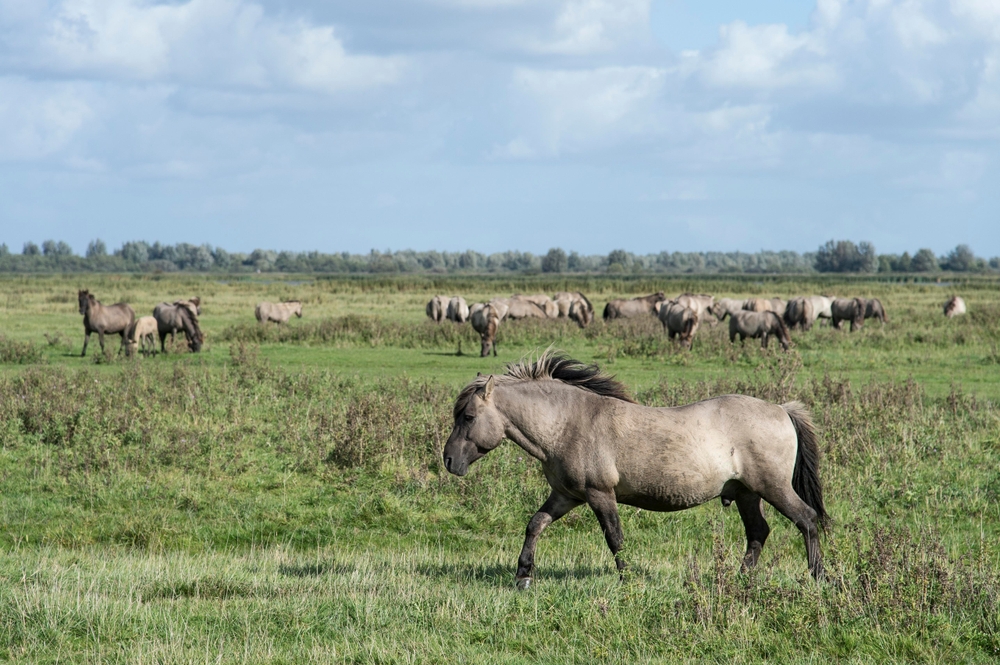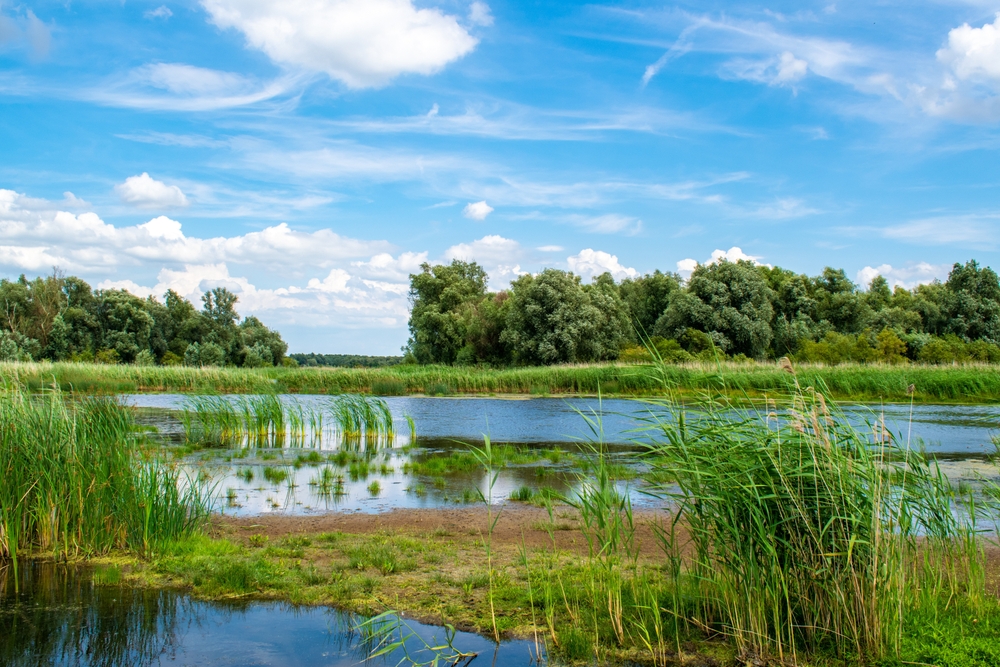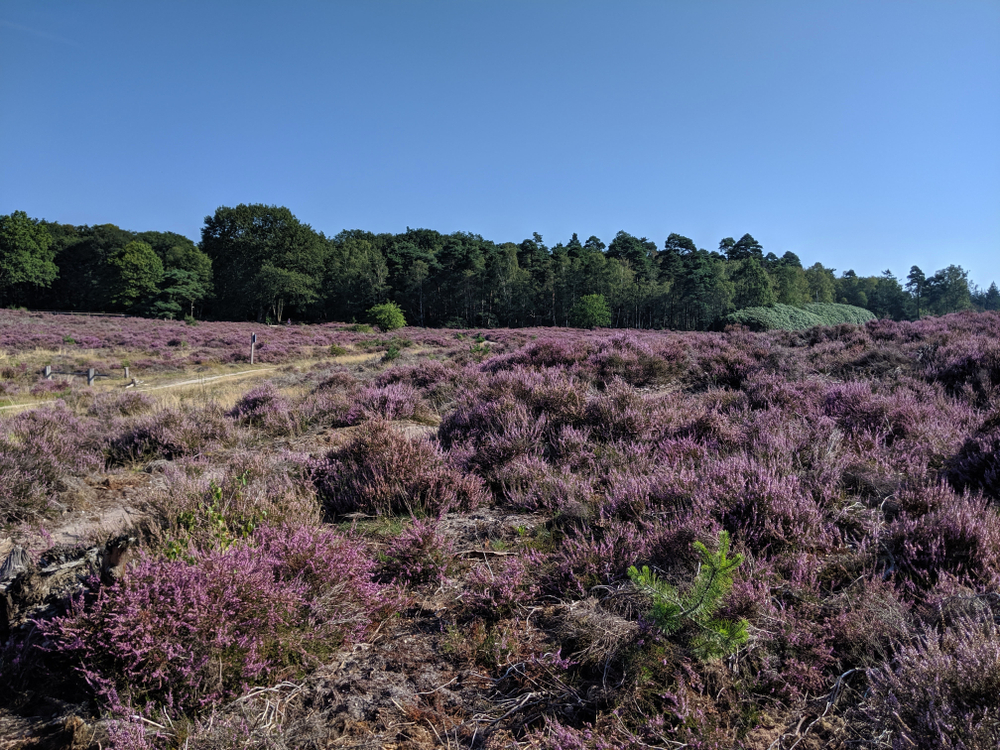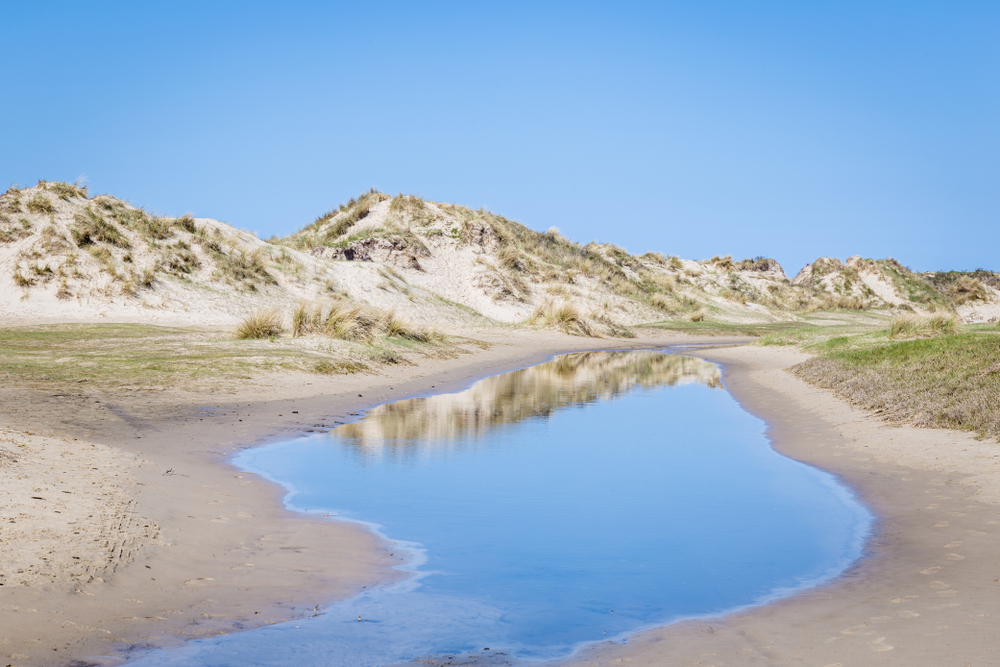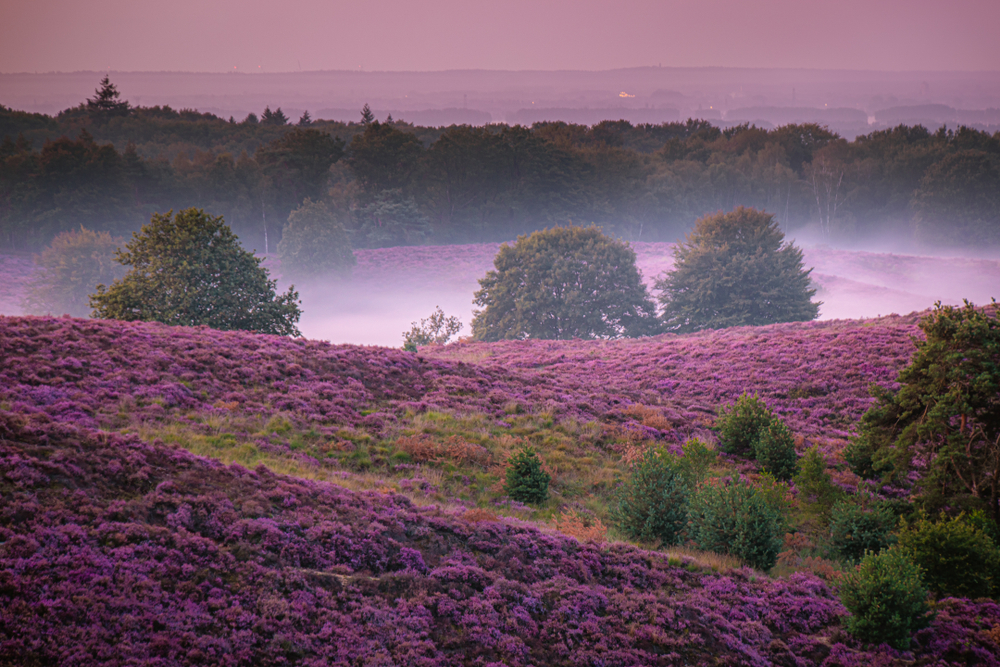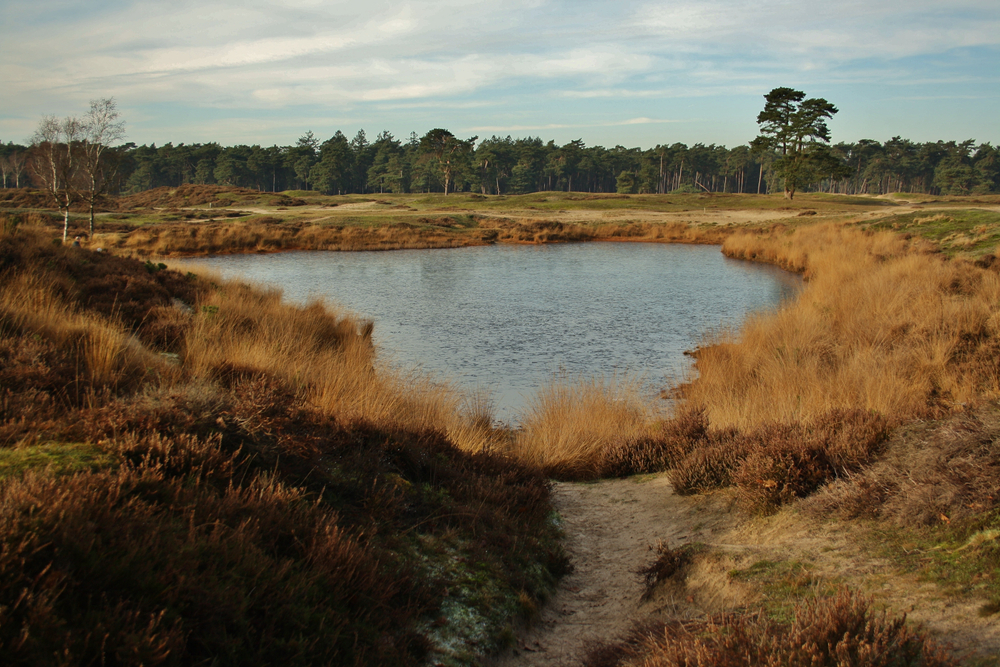Zuid-Kennemerland Overview
Zuid-Kennemerland National Park, known locally as Nationaal Park Zuid-Kennemerland, is a protected coastal dune park in the Netherlands, covering approximately 15 square miles (38 square kilometers).
Situated in North Holland, the park stretches between the cities of IJmuiden and Zandvoort, providing a dynamic landscape of rolling dunes, dense woodlands, and open grasslands. The park’s proximity to the North Sea shapes its terrain, with shifting dunes forming a natural barrier between the inland regions and the coastal waters.
Expansive sandy dunes, some reaching heights of over 40 meters, dominate the scenery, interspersed with valleys and wetlands that sustain diverse flora and fauna. The vegetation varies from hardy dune grasses and sea buckthorn to oak forests, which have expanded due to conservation efforts. Seasonal wildflowers and rare orchids add bursts of color to the dunes, while freshwater pools provide habitats for aquatic plants and animals.
Zuid-Kennemerland National Park is home to a rich array of wildlife, benefiting from decades of habitat restoration. Among its most notable inhabitants are the large herbivores, including Scottish Highland cattle, Konik horses, and European bison, which play a crucial role in maintaining the park’s ecological balance by grazing and preventing the overgrowth of vegetation.
Red deer and roe deer roam the forests, while foxes and European badgers inhabit the denser undergrowth. Birdwatchers will find an impressive diversity of avian species, including nightingales, Eurasian spoonbills, and various raptors such as the common buzzard. The wetlands and dunes also attract migratory birds, making the park an important stopover during seasonal migrations.
One of the most popular attractions in the park is the historic Kraansvlak area, where a herd of European bison has been successfully reintroduced. The bison, once extinct in the wild, are part of a European conservation initiative aimed at restoring their populations in controlled habitats.
Visitors can observe these magnificent animals from designated trails and observation points. Another highlight is the Duinmeer van het Wed, a picturesque dune lake that serves as a refreshing swimming spot during warmer months.
The park also features ancient estates, such as Landgoed Elswout, which provide insight into the region’s cultural history with their well-preserved gardens and manor houses.
Zuid-Kennemerland National Park offers a range of outdoor activities that allow visitors to immerse themselves in its natural beauty. Extensive hiking and cycling trails wind through the dunes and forests, offering breathtaking views of the landscapes and opportunities for wildlife encounters.
Guided excursions, including bison safaris and birdwatching tours, provide deeper insight into the park’s ecosystems. Horseback riding is another popular way to explore the area, with designated bridle paths ensuring a scenic ride through the dunes. Beach access allows for leisurely walks along the North Sea, where the dynamic interaction between land and water can be appreciated.
Conservation efforts within the park have been largely successful, particularly in restoring native species and maintaining the delicate dune ecosystems. The reintroduction of European bison stands as one of the park’s major achievements, while ongoing habitat management ensures the survival of diverse plant and animal species.
However, challenges remain, including the impact of climate change, human activity, and invasive species that threaten native biodiversity. Despite these pressures, Zuid-Kennemerland National Park remains a model of ecological restoration and sustainable management, offering visitors a glimpse into the wild landscapes of the Dutch coast.








































































